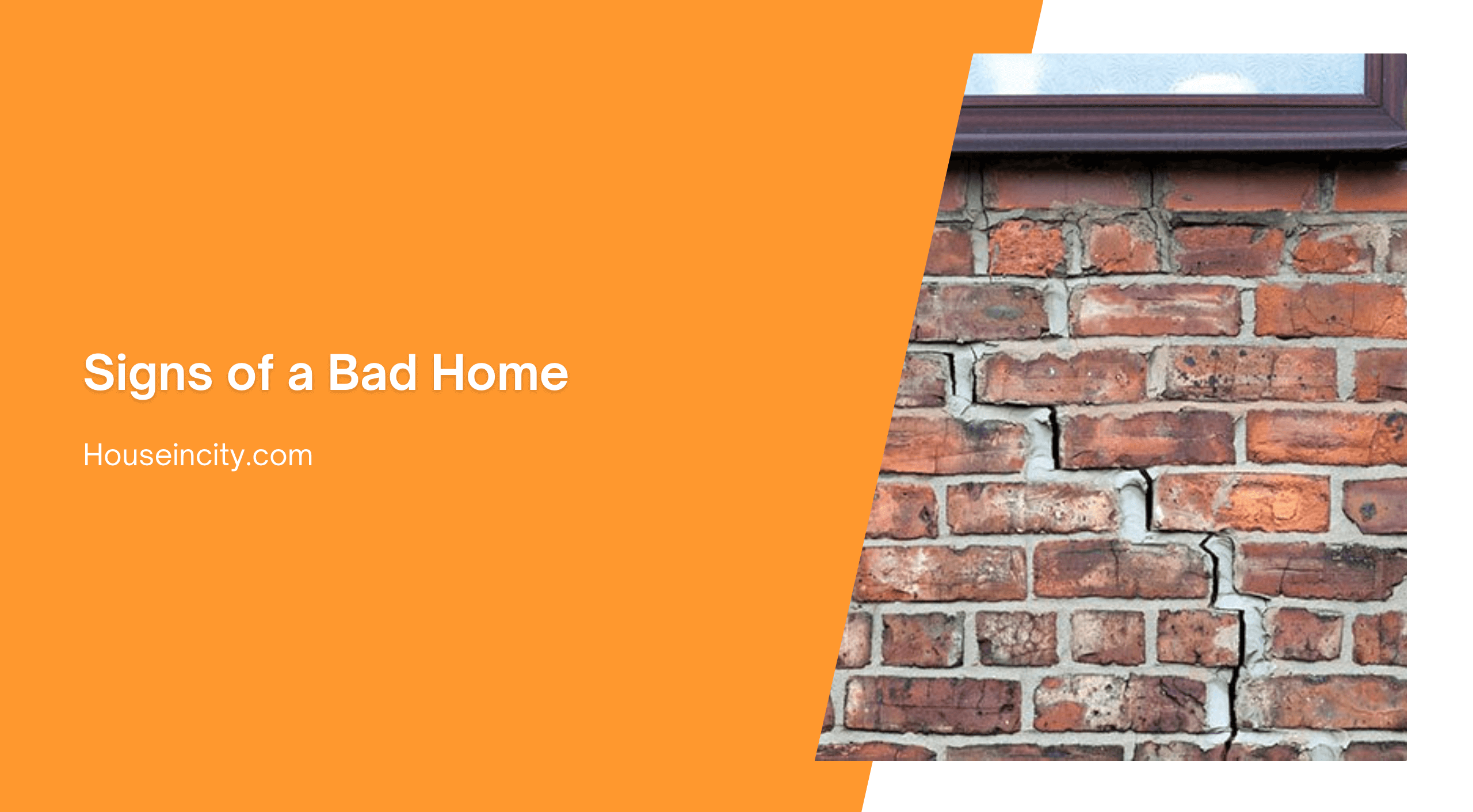When you’re in the market for a new house and find a bargain, especially in this economic atmosphere, it may be very tempting to snatch it up without really thinking about what you’re getting yourself into.
But before doing the paperwork, before doing a check on the house’s history, there are some very practical things you need to think about.
Bad Home Locations
Location isn’t just about being close to a good school in a good part of town; there are several location issues you should consider before signing any contract.
What’s Next Door: Never buy a house next door to a shopping center or a lot/buildings that are zoned commercial; you’re putting yourself at risk of a lot of noise and traffic. If your house fronts a nice quiet street, but backs up to a busy street or highway, you’ll have a problem with noise at night, and possibly light and pollution as well. Renters next door are not a good idea; even if the current occupants are nice, you can expect rental homes overall to degrade the immediate neighborhood, and the turnover in occupancy can be a problem in the future. Slow speed zones, like school zones, should be avoided, though they’re not as serious as other issues.
Think About All Your Senses: If you look at a house within a mile or two of livestock farms, landfills, or major fishing piers, keep in mind the nasty odors that can ruin your cookouts when the wind changes. And though house values and neighborhood quality is usually very high near a golf course, you may not be so happy with your new home when someone’s bad slice sends a ball through your windshield.
Lay of the Land: Avoid steep hills, especially if you live anywhere it snows, or where it rains a lot. Be sure that before you commit to a home, you visit the house when it’s raining outside, preferably raining hard; it’s often not immediately obvious that a home is at risk of flooding.
Premium View: If your home is advertised as premium view, think twice. This adds money to the house value today, but you can’t buy the view; no one can guarantee that your beautiful vista won’t be blocked by a high-rise nearby in a year or two, reducing the value of your home drastically.
The Home Compared To The Neighborhood
The biggest and most expensive house in a neighborhood is also the one most imminently at risk of property devaluation, making it a bad investment. Check out the homeowner’s association as well, if there’s one in your neighborhood; high fees can reduce your property’s value in the long run. On the other end, neighborhoods that allow boats, commercial vans, and other similar items to park openly on the street or in front lots will likely see property values drop before areas that don’t.
How have property values done in this neighborhood? If they haven’t increased or if they have decreased in this area, you might want to reconsider the purchase.
The way this house relates to the rest of the neighborhood is significant. If it’s close to the beginning of the block, you should be aware that everyone has to pass your house on their way home — which means you’ll see heavy traffic. You may also be in the unlucky corner house that gets every headlight turning onto your street, or tracks in your lawn from people who don’t quite make the turn or who decide your lawn is a convenient turnaround spot.
Pay close attention to accessibility. Does your street open onto a main road without a traffic light? Will you have to make a U-turn to get home when you come in from the wrong direction? Or — shudder — will you have to back out your driveway into heavy traffic? These are very important considerations.
Home Architecture Disasters
Design, Maintenance, and Inspection: Chipped paint, damaged roofs, and cracks in the foundation are warning signs that there may be something deeper wrong with the house. How long has that roof been damaged, and is there rain and mildew in the attic now? Are the foundation cracks from settling that hasn’t finished yet? Are the chips in the paint a sign of a lackadaisical ex-owner who let things go?
Even if there’s nothing structurally wrong with the home, there may be design issues you need to know about. For instance, homes with flat roofs on any part of the structure are liable to roof damage just from sitting water, and are much weaker in snowy areas than pitched roofs. Flatter roofs (though not completely flat ones) are desirable in areas with lots of hurricanes. Homes in hurricane-prone areas are less damaged if they are made of concrete block, which means their value is higher and your insurance costs are lower. In the North, it can be very hard to sell a home without a fireplace, and throughout the country a lack of central air and heat will severely devalue a home.
Homes that have only one bathroom or with a single-car garage or just a carport, will be harder to sell in most areas. Homes with two beds and two baths should be bargain-priced; they are much harder to sell than three bed-two bath homes. Tiny master bedrooms, very small closets, and a lack of storage space will cause the value of your house to be lower than it otherwise would be.
Finally, your unique gem may be everyone else’s eyesore; homes with strange architectural design will be very difficult to resell.
